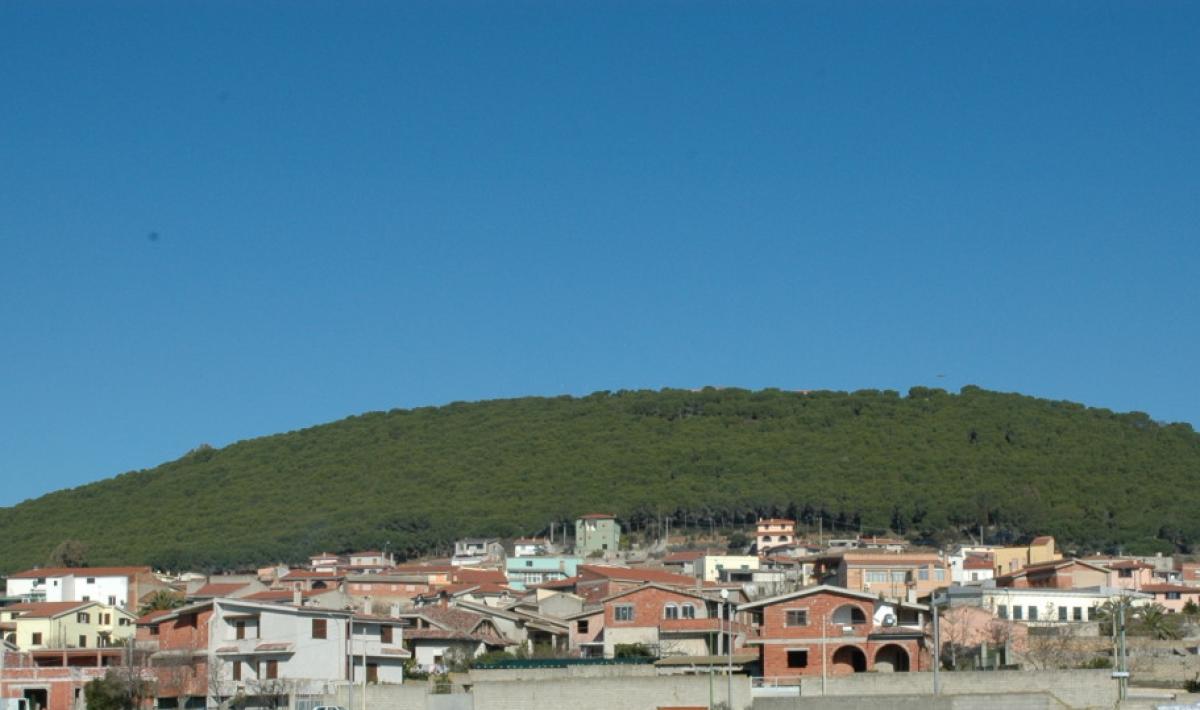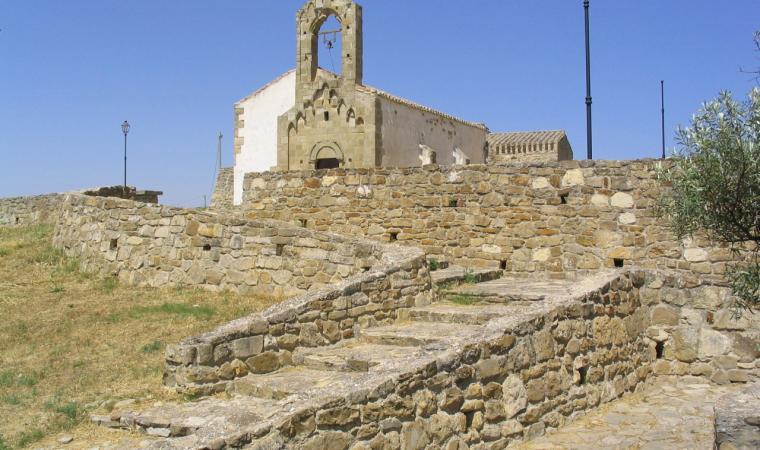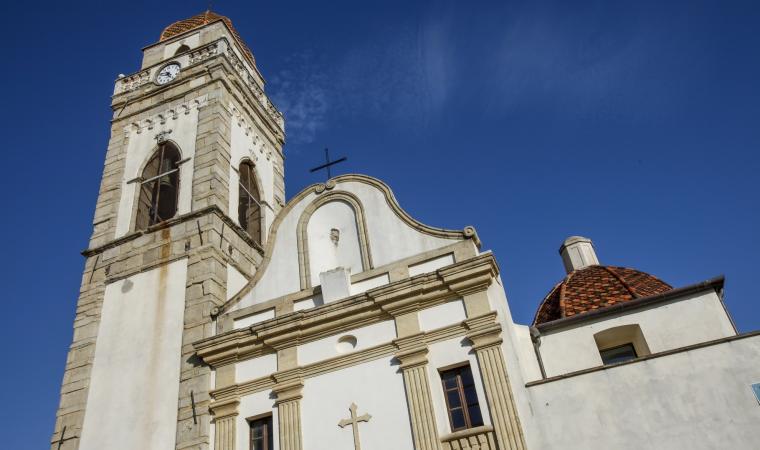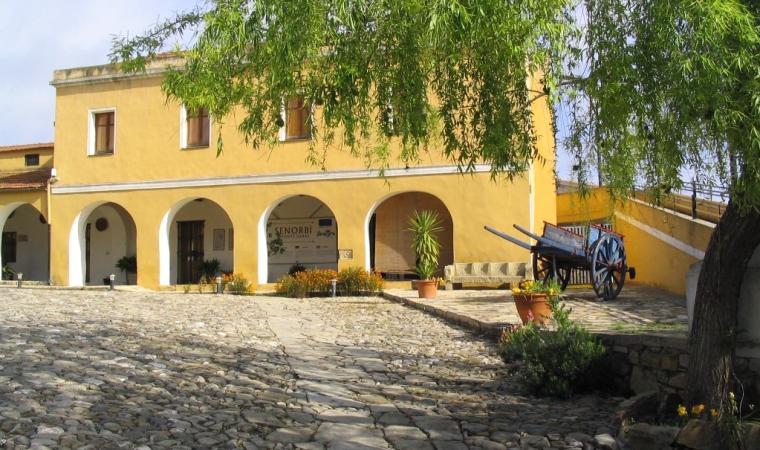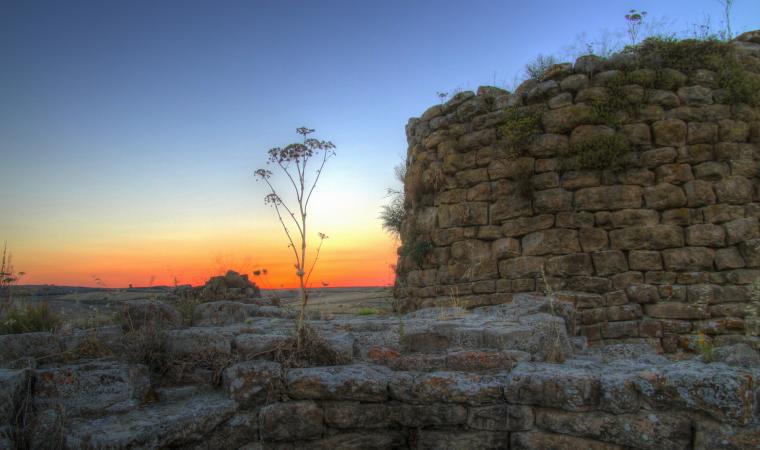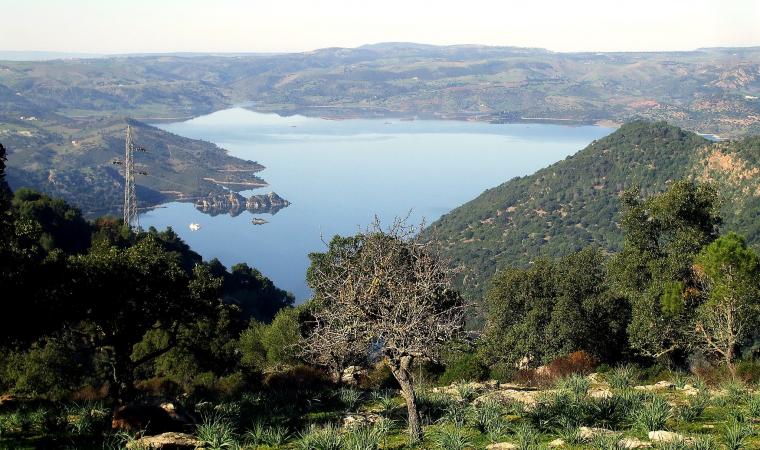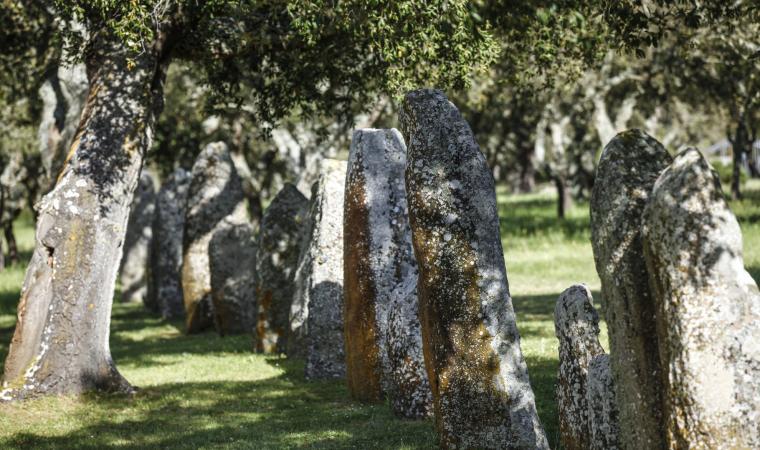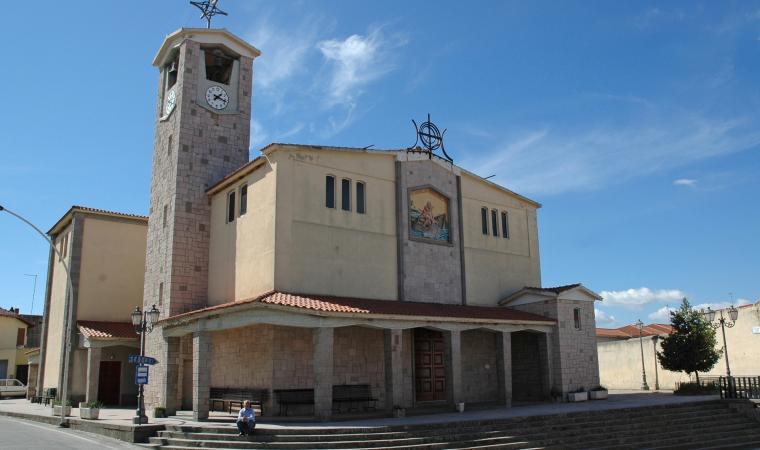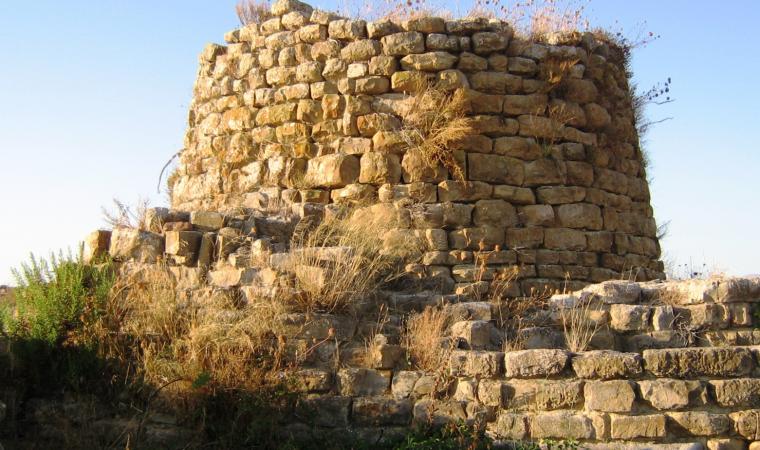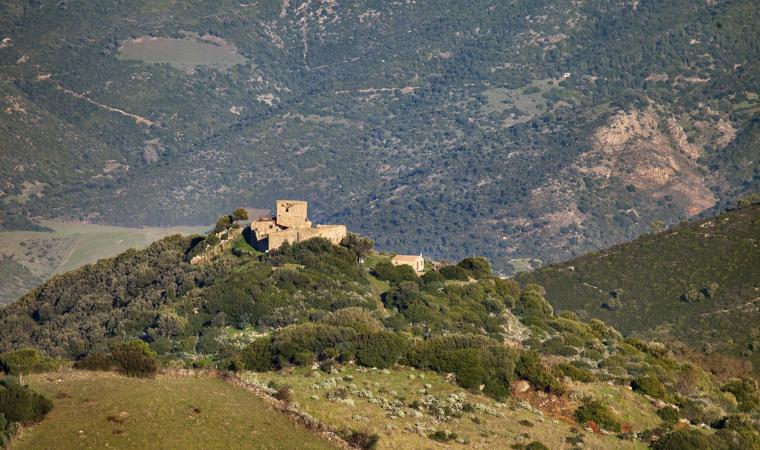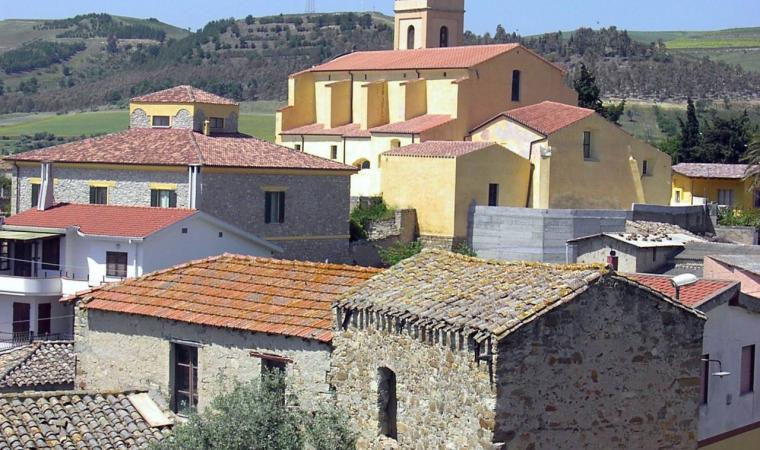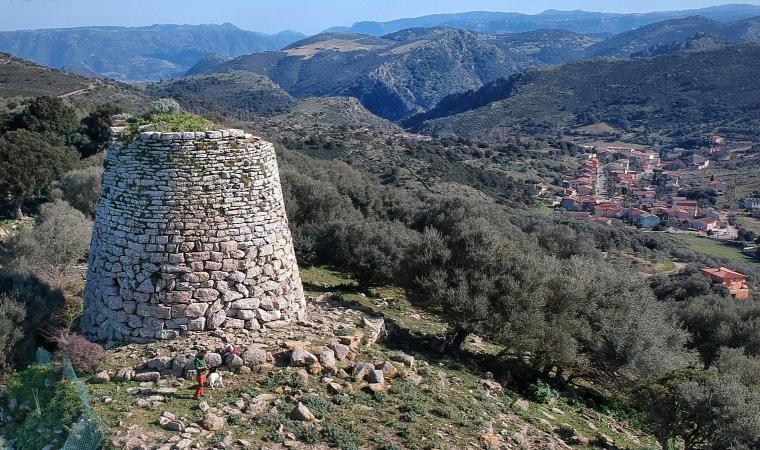San Basilio extends along the winding road that leads from Senorbì to Goni, on the slopes of the Pitz’e Pranu hills, at the peak of the area and the junction between two historical territories - the lush plains and light undulations of the Trexenta and the rugged heights of the Gerrei. A small town with 1,200 inhabitants, San Basilio owes its name to the holy bishop of Antiochia, to whom a community of Greek-Byzantine monks, the Basilians, gave the name to a sumptuous monastery around the 9th-10th century. Built around this was the first inhabited town, Sanctu Basil de Montis, as it was called in the Middle Ages.
The monastery was born on the ruins of thermal baths from the Roman period (2nd century AD), the conduits of which can still be seen today, along with sections of large walls and three small rooms, a central apsidal space divided into three rooms, a small house where you will notice a small fresco depicting the starry sky, and a third area which still bears its roof. In the Pranu Gennas there are also traces of a Roman settlement. It is probable that, in the Byzantine age, the baths were used both as monastic buildings and to source material for new buildings, including the former parish church, possibly dating back to the 12th century, the small church of San Basilio Magno, in whose honour one of the most evocative festivals of Trexenta is held in mid-June. The new parish church of San Pietro Apostolo – dedicated to the patron saint celebrated at the end of June - was built between 1590 and 1700 in what is today the historical centre. The small church dedicated to St. Sebastian almost certainly dates back to the 12th century. To celebrate the martyr and St. Anthony the Abbot, large bonfires are lit in the square, both in mid-January. The quaint church of Santa Barbara was built in 1973 within the vast pine-park of Pitz’e e Pranu, where a procession is celebrated in early June in honour of the patron saint of miners. This is a cherished feast focused on the mining activities undertaken in the past within an area rich in fluorites and fossils and inhabited at least since the 2nd millennium BC, as is evidenced by various sacred wells and Nuragic structures, including sOmu de s’Orku. The landscapes are embellished by forests of evergreen oaks and downy oaks with an undergrowth rich in precious mushrooms, including the forest of Su Scruzzu, springs, ponds and waterfalls (of Su Laccheddu and Riu Conch 'e Moi) and of Sa Grutta de Ninni Piu.
Kept alive in the village are a number of craft traditions, from which derive precious fabrics woven on an ancient frame and wooden artefacts. Pastoralism is the main business, with the production of cheeses and ricotta using traditional methods. Other typical products are sheep and goat meat, bread and pastries, including the renowned torrone di mandorle (almond nougat). By way of evidence of the pastoral tradition are some ancient sheepfolds, one dating back to the 19th century and in use until the 1970s, and the sheep festival held in the summer in conjunction with the feast for St. John the Baptist, protector of shepherds. At the beginning of February comes the Sa Cursa De Sa Pudda, a competition between knights by way of the Sartiglia in Oristano.

